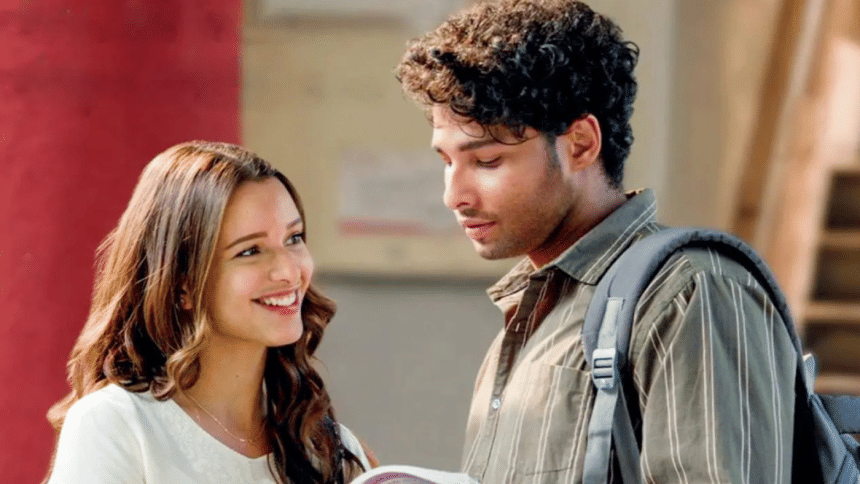“Dhadak 2,” a film by Shazia Iqbal, delves into India’s caste reality by adapting Mari Selvaraj’s “Pariyerum Perumal” into a Hindi narrative that confronts oppression without sugarcoating it. The movie, now ranking as the top film on Netflix, widens its reach beyond theaters, resonating with viewers due to its raw portrayal of personal and political wounds.
The story follows Neelesh Ahirwar, portrayed by Siddhant Chaturvedi, a law student from Bhim Nagar in Bhopal, aiming to break free from the shackles of his caste through education. His mother, depicted with intensity by Anubha Fatehpuria, encourages his aspirations despite facing harsh treatment from the police. When Vidhi Bhardwaj, played by Triptii Dimri, an upper-caste classmate, enters his life, their relationship unfolds against the backdrop of societal norms and prejudices.
Iqbal skillfully crafts a narrative rich in discomfort, avoiding glamorization of the slum Neelesh resides in. The film’s first half sets the stage for their complex relationship but at times struggles to authentically convey the risks they face. As the plot evolves, themes of casteism, privilege, and political turmoil interweave, challenging viewers to confront harsh realities.
While the film’s ambition shines through its exploration of multiple social issues, some subplots feel disjointed, detracting from the central narrative. Despite its imperfections, “Dhadak 2” prompts mainstream audiences to engage with uncomfortable truths, offering a sincere portrayal of societal injustices.
In the end, “Dhadak 2” stands as a significant step in Bollywood’s social consciousness, refusing to shy away from difficult conversations about love, equality, and systemic oppression. While it may not reach the poetic heights of its predecessors, the film boldly asserts its own narrative truth, urging viewers to ponder the complexities of relationships amidst societal disparities.

